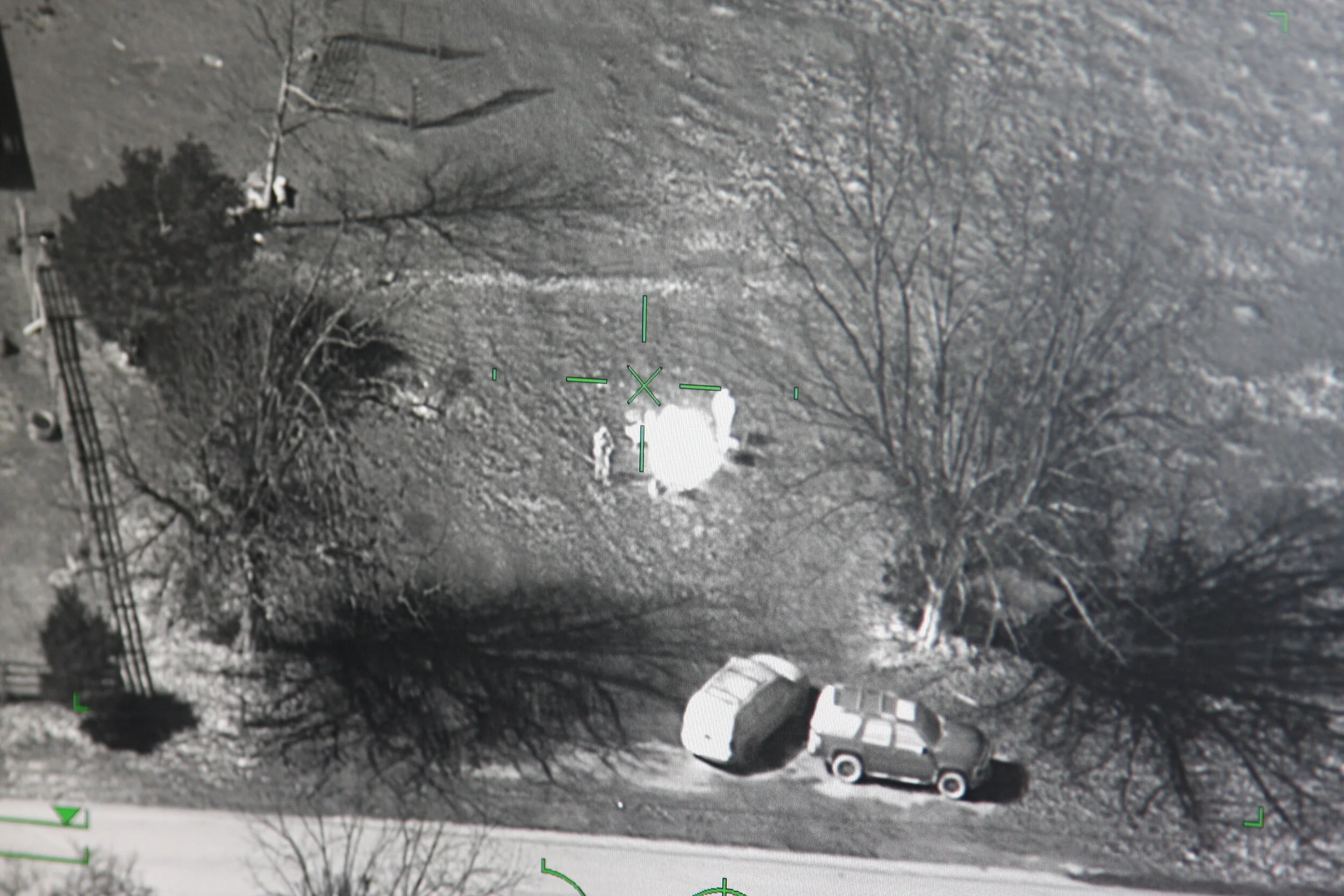A new idea for curbing poaching in African elephant range is taking flight
By Katarzyna Nowak, Safina Center Fellow
“Eyes in the sky” for aerial surveys and patrols are vital for monitoring and anti-poaching in African elephant range. Innovative approaches to collecting intelligence, guiding rangers’ ground responses, while also incorporating specialized ranger training are needed but too often, costs are prohibitive. It’s why drones, which are relatively cost-effective, have become so popular. They’re not fail proof however; a couple of years ago, I was visiting canine units in northern Tanzania and was told about one such drone sitting broken in a national park’s warehouse. Expertise was just not sufficiently and readily at hand to fix it. Drones also typically fly low, for a maximum of 30 minutes, and generate noise that can stress and scare wildlife.
Last month, I joined a unique expedition to Tennessee’s The Elephant Sanctuary. People from three groups were convening to test an array of sensors and cameras made by FLIR. We would fly over the sanctuary to try and detect its elephants, fence lines, water sources, vehicles, and a small, controlled campfire. One of the groups present—AfricaASAP—plans to design an airship to which such an array would be attached. The solar-powered airship would be built by aerospace engineer Per Lindstrand, who has built airships before including a hot-air airship that helped scientists collect large-scale photographic data to identify and describe the crown typology of rain forest trees. According to Lindstrand Technologies, “Airships make excellent surveillance vehicles and are very useful in scientific research.”
Graphic courtesy: AfricaASAP
On a sunny Sunday, February 24, we flew three flights over the 2700-acre sanctuary in a Pilatus piloted by FLIR’s Christina Colpitts, who’d pinned back her hair with an elephant-adorned silver clasp. Colpitts has years of flying experience including for the U.S. Forest Service, and this showed in how smoothly we took off, circled the sanctuary, and landed. The aircraft carried FLIR’s cameras at about 6,000 feet above the ground. Our detection of elephants (including under at least sparse tree cover), moving vehicles, and the controlled campfire was easy even at distances of 3 miles away. The elephants’ thermal signatures lit up on the large screens in the aircraft cabin. The sanctuary’s CEO, Janice Zeitlin, was able to individually identify both African and Asian elephants housed in The Elephant Sanctuary.
Group with FLIR EO/IR camera array at Hohenwald airport. Photo: Katarzyna Nowak
Thermal signature of one of The Elephant Sanctuary's four African elephants. Photo: Katarzyna Nowak
It was my first time seeing an electro-optical, infrared (EO/IR) surveillance system of this caliber sensing wildlife from the air. Rangers could operate such a system from a home base at ground level. The system would be flown on an unmanned airship, which AfricaASAP CEO, Skipper Darlington, says would offer the most stable, quiet, safe and fuel-efficient platform. The experts from FLIR agree. Eventually, having such an airship flying over a protected area (PA), would spell deterrence, its presence helping curb illegal activity. The system could then be repurposed for more traditional uses such as wildlife monitoring, detection of wildfires, or, I suggested, an early warning system for human-wildlife conflicts if it could communicate precise locations of large herbivores and carnivores near or beyond PA boundaries.
FLIR's Marshall Grose tracks vehicle using a controller from inside the aircraft. Photo: Katarzyna Nowak
A controlled campfire detected by FLIR from the aircraft. Photo: Katarzyna Nowak
The idea and meeting had part of the small, warmly-welcoming town of Hohenwald (“High Forest”) of Tennessee talking, and news of the expedition have by now reached all the way to Togo, West Africa, where one of AfricaASAP’s team members is from.
Théodore Dovi-Akue, a social and environmental entrepreneur based in Lomé, is in a position to talk about loss. There are very few elephants remaining in Togo possibly some 100 and the country has been seriously implicated in illegal ivory trade, according to the most recent African Elephant Status Report. Dovi-Akue says that information collected from an airship could vastly improve the intelligence rangers have, and help save lives of people and wildlife.
“We don’t want to see rangers killed nor do we want to kill poachers. What we want is criminal justice, and a system that prevents our wildlife from being illegally killed.”
As poaching continues to devastate elephants in Africa and Asia, here’s hoping this innovative “eye-in-the-sky” project takes off to assist rangers on the ground.





